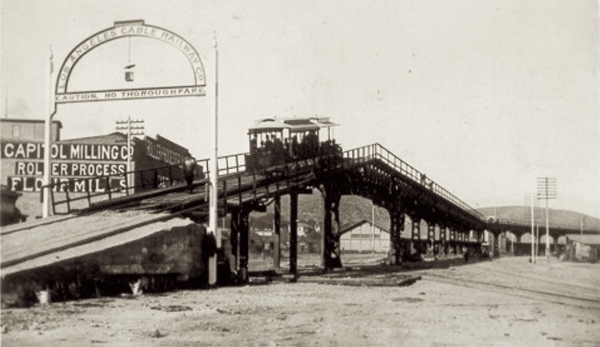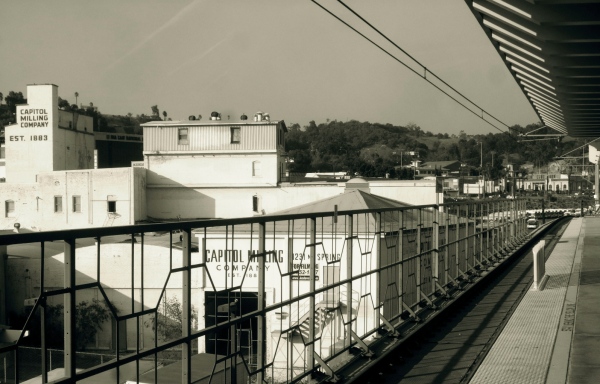Link: CityWatch - An insider look at City Hall
Bringing LA Together
Little Tokyo
By Jerard WrightWith the Thanksgulping and Stress-mas season upon us … sorry, I mean Thanksgiving and Christmas Season upon us, it gives us all the opportunity to be connected together with family and friends living near and far. Which is the main purpose of the Regional Connector (RC) project?
By the way, I don’t do segues—I prefer to walk and weave in and out of things. But back to the concept of Metro’s Regional Connector project, which is to connect separate light rail lines into a cohesive network running through Downtown LA, TOGETHER. One strategy to create togetherness is by understanding past wrongs of communities along the corridor and mitigating these parts together into a cohesive unit.
The hub of implementing this strategy is in Little Tokyo. That community feels a sentiment of past wrongs done by large government bodies and feel they are manifesting themselves in the planning and community meetings on the Regional Connector.
Despite the number of community meetings in Little Tokyo since 2007, businesses, residents and others feel that this information has not been made public—creating communication gaps that foster a sentiment of: “Oh no, not us again!”
The internment camps during WWII, the construction of Parker Center and the growth of LA’s Civic Center all come to symbolize the depletion of the Little Tokyo community at local residents’ expense.
With the opening of the new Police Headquarters, this could provide a symbolic opportunity to return land back to Little Tokyo community.
Questions that may be posed as you’re reading this are: Could this work? Is it feasible? Can everyone work together positively? What does this have to do with the Regional Connector project? The answers to the first three are, “Yes I think it could be done with enough persistence”. The answer to the fourth question is contained in the rest of this piece.
Active Image
City Councilmember Jan Perry, who represents Little Tokyo, questioned in a recent Rafu Shimpo article, “Why is the hub of the proposed Regional Connector in Little Tokyo instead of at Union Station?”
A valid question—however the logistical answer would pose more problems, as the current Gold Line to Pasadena would require major reconfiguring at Union Station that would again impact not only Little Tokyo (because they would be isolated yet again), but it would continue over the LA River into East LA.
However, another community that has echoed similar pains as East LA and Little Tokyo would now be impacted: Chinatown. All of this to avoid Little Tokyo and defer it somewhere else is not the correct approach.
Avoiding Little Tokyo with respect to the Regional Connector (both in not listening to those sentiments and not building the project) simply exacerbates that problem with a network of isolated light rail lines that stall the growth of our transit network.
Thankfully, Metro’s Regional Connector Project team has been steadfast in their efforts to actively listen to the Little Tokyo community to identify solutions to bring people TOGETHER and they should be commended for that.
Also to be commended are developers of the Nikkei Center and the Nishi Hompa Hongwanji Buddhist Temple who are assisting Metro’s Regional Connector project team by providing the flexibility needed to bring about new feasible ideas that weren’t available at the beginning of this project.
Is this coming together a done deal, problem solved?
No, there’s still more work to be done and more information needed to explain the history and logistics of this project … because despite its very direct concept, there are still some that don’t know what this project is and what it is suppose to do.
I strongly believe that constructive positive dialogue - TOGETHER - from all these parties should continue within this vital transit project. Not only for the health and well being of Little Tokyo, but to all of Los Angeles.
For the sake of time I will direct you to the website on the history and current design options at: www.metro.net/regionalconnector.
(Jerard Wright is the Vice-Chair of The Transit Coalition.) -cw



